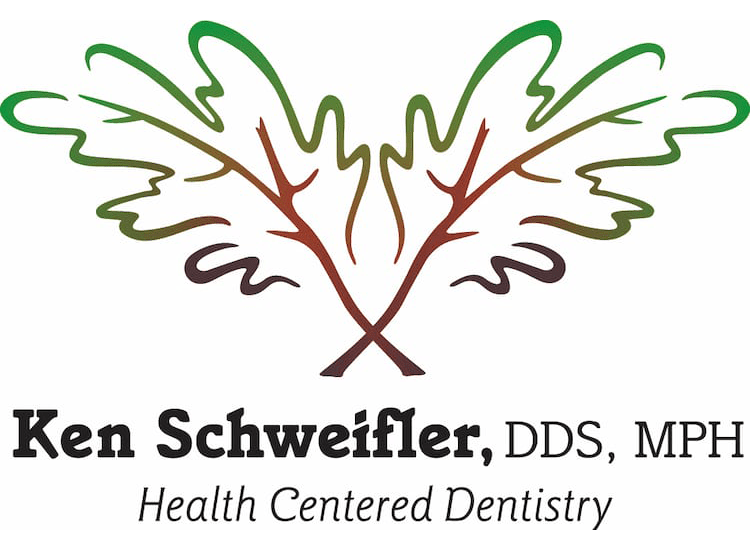At first glance, a dentist may diagnose worn and flat teeth as purely a cosmetic issue. However, with more in-depth analysis, worn teeth may indicate a dental issue, such as TMD, occlusal dysfunction, bruxism, or teeth grinding.
Types of Tooth Wear:
Attrition: This type of tooth wear occurs when the teeth’ top and bottom biting surfaces grind against each other. This may occur in patients who grind or clench their teeth, whether during sleep (sleep bruxism) or during the day (awake bruxism).
Abrasion: When there is repeated friction against the tooth, it can lead to abrasion. The most common form of this is harsh brushing and using the teeth as tools.
Erosion: When acids contact the tooth enamel, it can lead to erosion. Acids may result from citrus fruits, stomach acids from acid reflux, or vomiting.
What Causes Worn Teeth?
Minimal tooth wear may occur naturally as we age; however, you should address excessive tooth wear just in case. Diagnosing tooth wear requires a comprehensive examination of the masticatory system (teeth, muscles, joints, and jaw).
An in-depth analysis of the primary factors contributing to tooth wear can help create a more dynamic treatment plan. Discovering the underlying cause of tooth wear can help aid in its prevention and overall treatment. Tooth wear is a pathological process, so establishing the underlying causes is key to prevention.
Tooth wear may indicate issues with:
- Teeth grinding or clenching
- TMD/ TMJ disorder
- Repeated dental trauma
- Misaligned Bite
Nothing in the mouth happens independently, so when one part is affected, it can influence the entire system. When the teeth begin to break down or wear, other parts of the system may begin to compensate for the wear, which can result in other advanced issues.
Signs of worn teeth
Patients with excessive tooth wear can experience various signs and symptoms, including:
- Short teeth
- flat teeth
- Discolored tooth enamel
- Translucent teeth
- Increased tooth sensitivity
Treatment for worn teeth in Los Altos
During the comprehensive examination, we will assess the teeth for signs of excessive wear and other dental concerns. Like most treatments, the treatment for worn and flat teeth depends on its root cause. Not only is it necessary to repair the lost tooth structures, but it is also important to restore proper function and form to the bite.
We base our goal of treatment on two foundations:
- Help our patients better understand their dental health and provide them with a comprehensive, personalized solution.
To address tooth wear before it results in more complicated dental issues. Preventive measures are one of the best ways to maintain dental health. - To repair the enamel, treatment may require restorative treatments, such as tooth bonding, dental crown, dental fillings, inlays, or onlays. Other forms of treatment may require splint therapy or a night guard. Both options prevent the biting surfaces of the teeth from coming together, all while reducing the likelihood of future damage.
In some cases, patients may benefit from orthodontics. Treating worn teeth may help restore balance and function to your masticatory system.
Worn Teeth FAQs
How can you ‘build up’ my worn-down front teeth?
Worn down front teeth can be embarrassing and lead to social problems. Dr. Schweifler may recommend dental crowns if the damage to the front teeth is severe, and they will also require protection from further damage. A simple dental bonding treatment will work if the teeth are not severely worn down.
How can I protect my teeth after they have been fixed?
Dr. Schweifler might recommend a mouthguard that should be worn at night if your worn-down teeth were caused by teeth grinding. This is to prevent further damage and protect the treated teeth. He also may suggest a change in diet to avoid foods with acid, orthodontic treatment to straighten out the teeth, a new type of toothbrush, or to stop using teeth as a tool. These suggestions will help your dental treatment last longer and protect the teeth from future wear.
Do I have to fix my worn-down teeth?
Worn-down teeth can lead to further problems, so we highly suggest correcting them. When the enamel on the teeth has worn down or has not properly developed, it will cause the teeth to become sensitive or see-through. Worn-down teeth can also make it harder to chew, leading to muscle strain, headaches, and a sore jaw. Worn-down teeth can also be yellow teeth which are not aesthetically pleasing.
What happens when your teeth get worn down?
Too much tooth wear can cause teeth to lose their dentin layer (the layer directly under the hard outer enamel layer of teeth). Teeth worn down to the dentin will be more sensitive and may hurt when you eat or drink. Additionally, they’ll be less durable and more prone to decay.
What do worn-out teeth look like?
Your enamel is white by nature, but the dentin layer beneath it is yellow. The dentin begins to show through as your enamel wears away and gets thinner, giving your teeth a more yellowed appearance.
Can tooth wear lead to cavities?
You can potentially develop cavities if your teeth are sufficiently worn down. When harmful, decay-causing bacteria enter the tooth, they create dental cavities or holes in teeth. Tooth wear can increase the risk of developing cavities, as bacteria can easily enter the tooth.
If you experience tooth wear, the bacteria that feed on food debris left on the teeth and gums can potentially enter your tooth, infecting the nerves and blood vessels that keep your tooth alive.
